Best
Beginner
Armstrong
Flute
Beginner
Flute WELL-BALANCED STUDENT MODEL
-
Overall: Has A Nickel And Silver Alloy Body With A Stable And Robust Build
-
Best Feature: With White Felt Bumpers Have A Comfortable Feel And Easy Playability
-
TedScore™: 8/10
Best
Professional Armstrong Flute
-
Overall: Handmade, solid silver body and head joints for superior sound quality and projection.
-
Best Feature: Split E mechanism and C# trill key for advanced technical capabilities and ease of playing.
-
TedScore™: 10/10
Best
Intermediate
Armstrong
Flute
Flute RELIABLE, AFFORDABLE, ADVANCED
-
Overall: Solid silver headjoint for improved sound projection and tonal quality.
-
Best Feature: Open-hole keys and B foot joint for greater fingering control and extended range.
-
TedScore™: 9/10
When discussing “Are Armstrong Flutes Good?” I often get an enthusiastic range of responses.
Armstrong flutes are renowned for their craftsmanship and excellent quality, making them a favorite among both beginners and seasoned players.
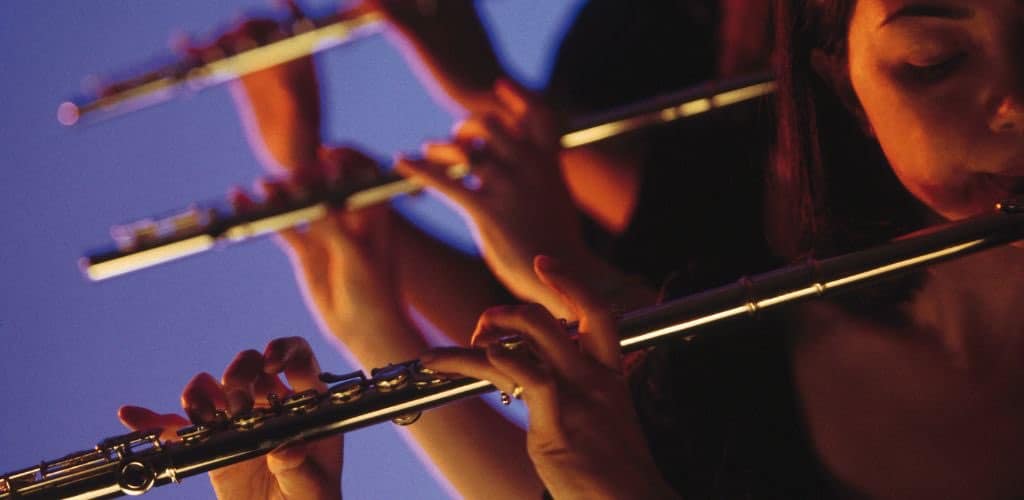
Owning one can feel like having a trusted ally in your musical journey. We’ll explore their features, consider different models, and uncover some user experiences.
Grab a reed and read on as I explore how Armstrong flutes might be your magical wand. We’ll also delve into some flute reviews to help you make an informed choice.
Product Range
Armstrong offers a diverse array of flute models catering to different levels of flutists. From affordable student models to high-quality professional instruments, each category is crafted with distinct features to meet varied skill requirements.
Student Models
When I started exploring beginner flutes, Armstrong’s student models caught my eye.
Materials: Typically made of nickel silver, student flutes often have closed holes.
Features: Models like the Armstrong 104 feature a C foot joint, which reduces weight and cost and makes them easier for novices to handle.
Price Range: They are affordable, usually priced between $150 and $500, fitting comfortably within a beginner’s budget.

I recommend these for learners taking their first musical steps.
Armstrong FL650 Beginner Flute
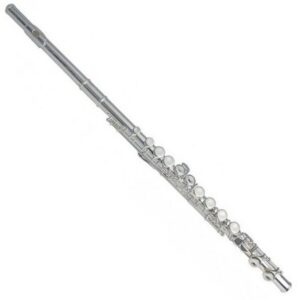
FEATURES:*Has a nickel and silver alloy body with a stable and robust build
*With white felt bumpers have a comfortable feel and easy playability
*Includes Pisoni pads that provide reliable pressure
Armstrong FL650 Beginner Flute
- Comes as a pack including a wooden case with a cover, cleaning rod and a cleaning cloth
- Set to standard C tuning ideal for developing playing skills
- No curved head
When you click ‘Check Price’, you’ll see there are loads of great places to buy this item. Our personal favorite is Sweetwater for the US, and Thomann and Gear4Music for the UK & Europe.
They are the largest music retailers, with excellent customer service, competitive prices, really fast shipping, and the longest guarantees.
The professional musician who wrote this article combined many things,
from the product build, manufacturer’s reputation through to feedback
from other users, to create our famous TedScore™.
Intermediate Models
As skills progress, flute players will find that intermediate models offer a notable upgrade.
Construct: These flutes frequently incorporate silver-plated or solid silver components for improved sound.
Enhanced Features: Open holes and a B foot joint are common here, providing more control over tone.
Price Range: Priced from approximately $500 to $1,200, they blend affordability with advanced features.
They suit passionate hobbyists seeking more refined playability.
Armstrong 800BOF Intermediate Flute
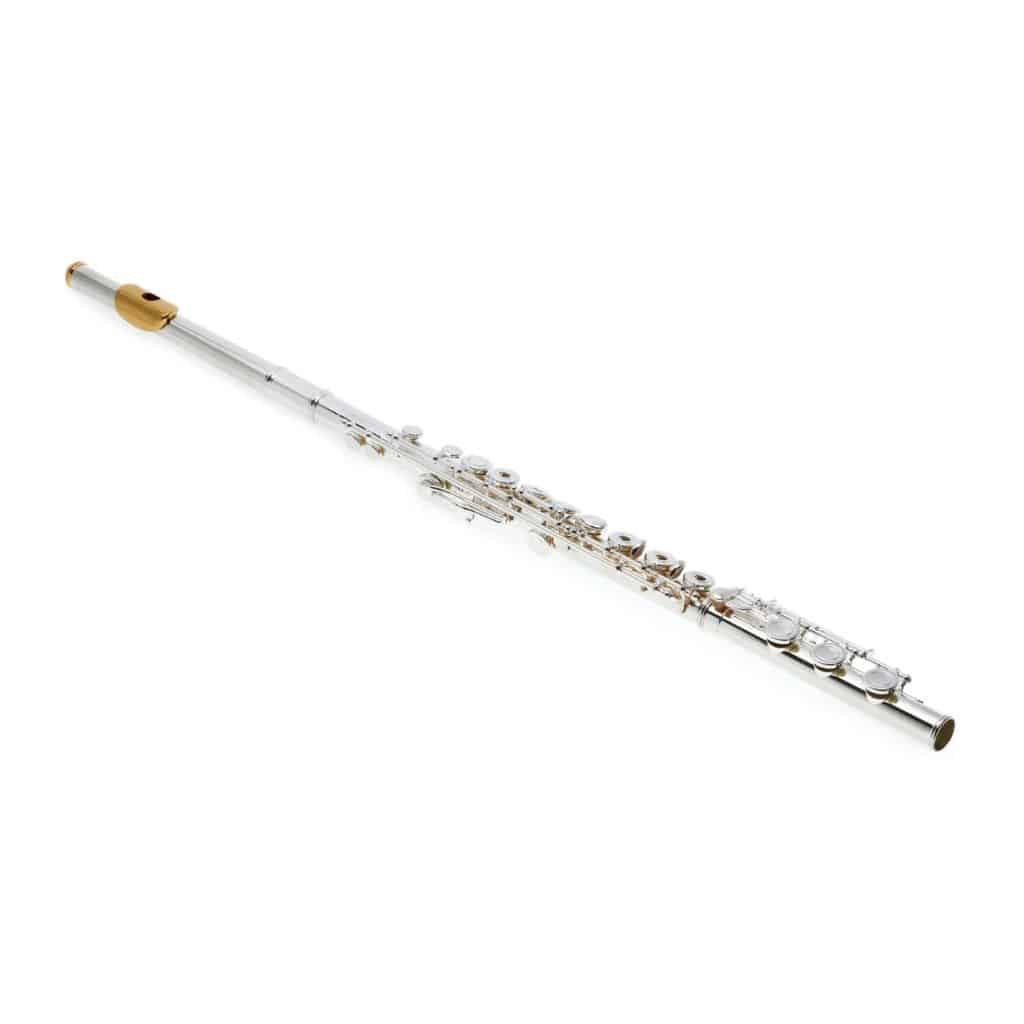
FEATURES: Solid silver headjoint for improved sound projection and tonal quality.
OTHER INFO: Open-hole keys and B foot joint for greater fingering control and extended range.
- Open-hole keys provide greater fingering control and flexibility.
- B foot joint extends the flute’s range, allowing for more advanced repertoire.
- Open hole flute may require an adjustment period for players transitioning from closed-hole flutes.
When you click ‘Check Price’, you’ll see there are loads of great places to buy this item. Our personal favorite is Sweetwater for the US, and Thomann and Gear4Music for the UK & Europe.
They are the largest music retailers, with excellent customer service, competitive prices, really fast shipping, and the longest guarantees.
The professional musician who wrote this article combined many things,
from the product build, manufacturer’s reputation through to feedback
from other users, to create our famous TedScore™.
Professional Models
For advanced flutists, Armstrong’s professional range is impressive.
Materials: High-grade materials such as solid sterling silver enhance sound quality significantly.
Sophisticated Features: Expect features like French keys and enhanced mechanisms for technical pieces.
Price Point: These advanced flutes come with a heftier price tag, often between $1,200 and $3,000.
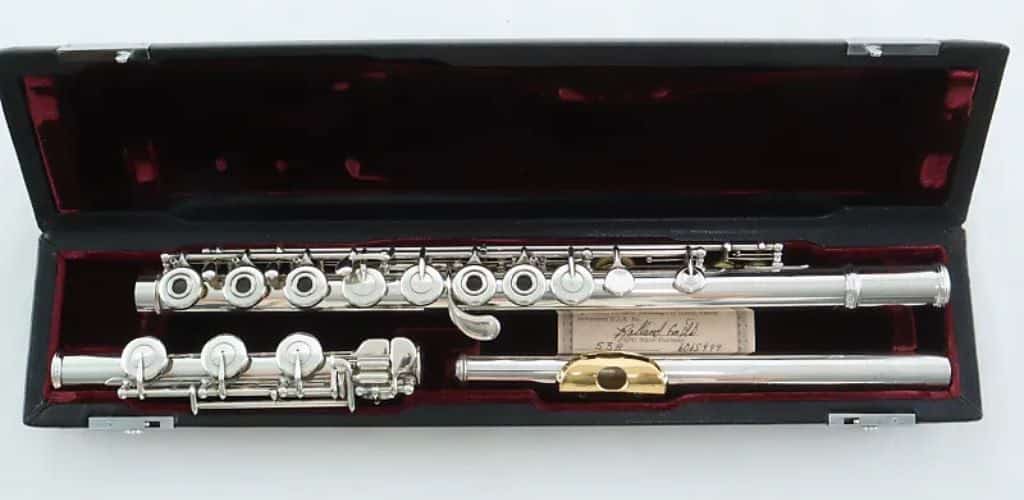
Professional models are a worthy investment of severe musicians aiming for excellence.
Armstrong 703 Heritage Alto Flute

FEATURES: Handmade, solid silver body and head joints for superior sound quality and projection.
OTHER INFO: Split E mechanism and C# trill key for advanced technical capabilities and ease of playing.
- Exceptional tonal quality and projection due to the handmade, solid silver construction.
- Advanced features like the split E mechanism and C# trill key facilitate technical playing.
- None
When you click ‘Check Price’, you’ll see there are loads of great places to buy this item. Our personal favorite is Sweetwater for the US, and Thomann and Gear4Music for the UK & Europe.
They are the largest music retailers, with excellent customer service, competitive prices, really fast shipping, and the longest guarantees.
The professional musician who wrote this article combined many things,
from the product build, manufacturer’s reputation through to feedback
from other users, to create our famous TedScore™.
Materials and Craftsmanship
The alluring sound of Armstrong flutes can be greatly credited to the flute construction, the materials used, and the meticulous craftsmanship involved in their creation. These aspects ensure both the quality of sound and the durability of the instrument.
Types of Materials Used: Sterling Silver Head

Silver – An acclaimed choice for Armstrong flutes, silver is revered for enhancing a flute’s resonance and providing a bright, clear sound. Instruments made from this flute material often cater to advancing players who are looking for superior tonal quality.
Nickel Silver – This material is typically used for beginner models due to its affordability and resilience. It allows newcomers to enjoy a decent sound while ensuring their instrument is durable against the usual wear and tear.
Gold – While rarer, gold is sometimes used in professional-level Armstrong flutes. Its unique properties offer a warm, rich tone that is ideal for advanced musicians seeking a distinctive sound.
Each material offers its own nuances in terms of tonal quality and appearance. The choice often depends on personal preferences and the player’s level of proficiency.
Manufacturing Techniques

Precision Craftsmanship – Armstrong prides itself on precision in their flute manufacturing process. This ensures that the flutes not only sound great but also feel comfortable to play, with smooth key action tailor-made for each model’s specifications.
Attention to Detail – The meticulous detailing in mechanisms and joints is a crucial component. This attention ensures there are no air leaks and that the flute maintains a consistent sound across all registers.
Combining Traditional and Modern Methods – By merging age-old techniques with modern innovations, Armstrong flutes are crafted to offer both contemporary playability and the timeless charm of classic flute sounds.
These techniques are pivotal in ensuring that every Armstrong flute matches its reputation for quality and reliability.
Tone and Sound Quality
When we chat about Armstrong flutes, two things stand out: the unique acoustic characteristics that shape their flute tone and how those who play them truly feel about their tonal qualities. Time to get into the details!
Acoustic Properties
Material Matters: Armstrong flutes typically boast a blend of metals, impacting how they sound. Silver plating, for instance, tends to offer a bright, clear tone, while nickel can add a more robust sound. This mix of materials ensures that the sound is versatile and adaptable.
Design Influence: The design of an Armstrong flute significantly influences its acoustics. Features like the head joint cut and key placement affect airflow and projection. Many players find the design enhances resonance and offers a smooth playing experience.
C Footjoint Advantage: Most Armstrong student flutes have a C footjoint. While it might slightly limit the low note range, it reduces weight, making the instrument more comfortable for beginners. This design choice directly impacts tone and ease of play.
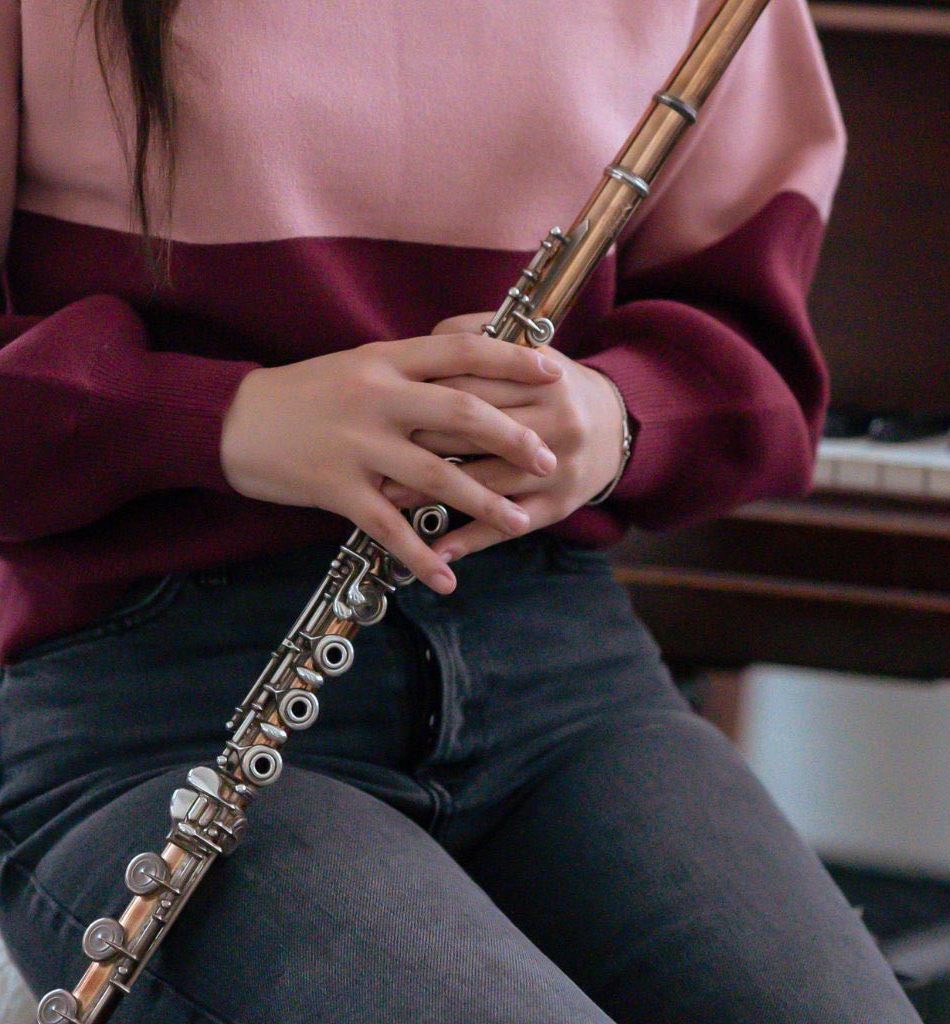
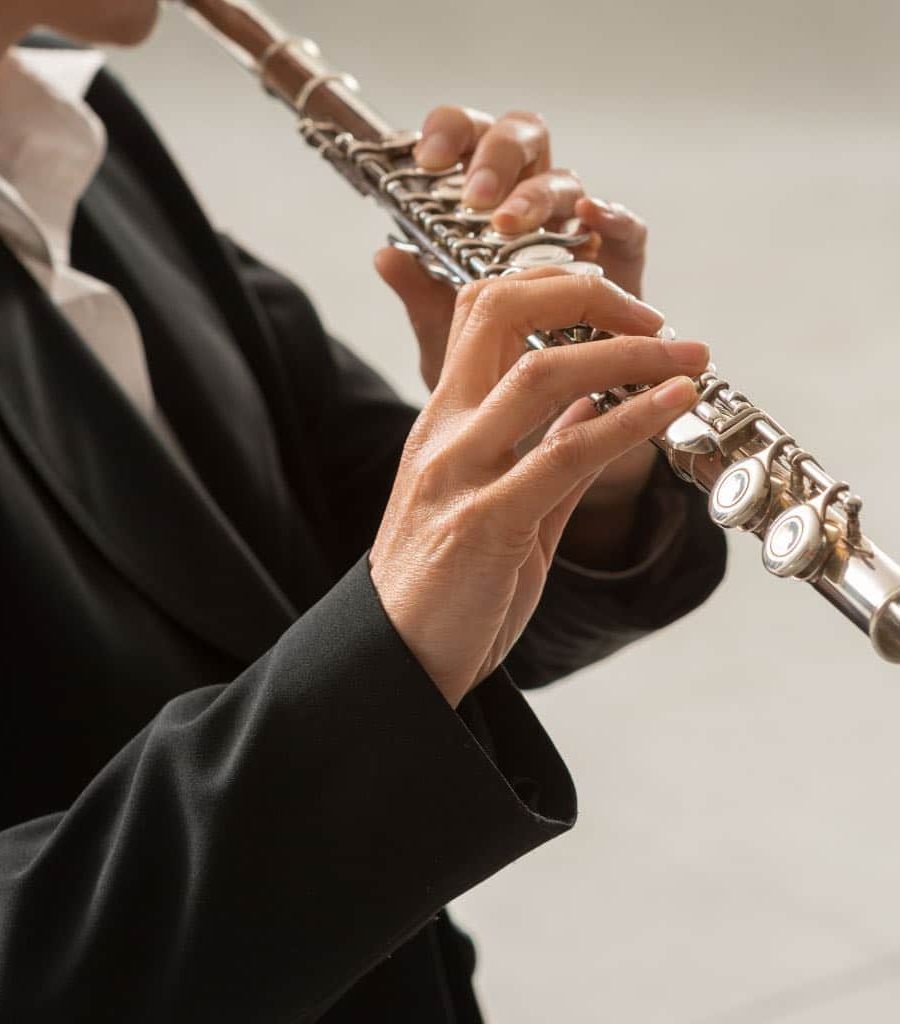
Player Feedback
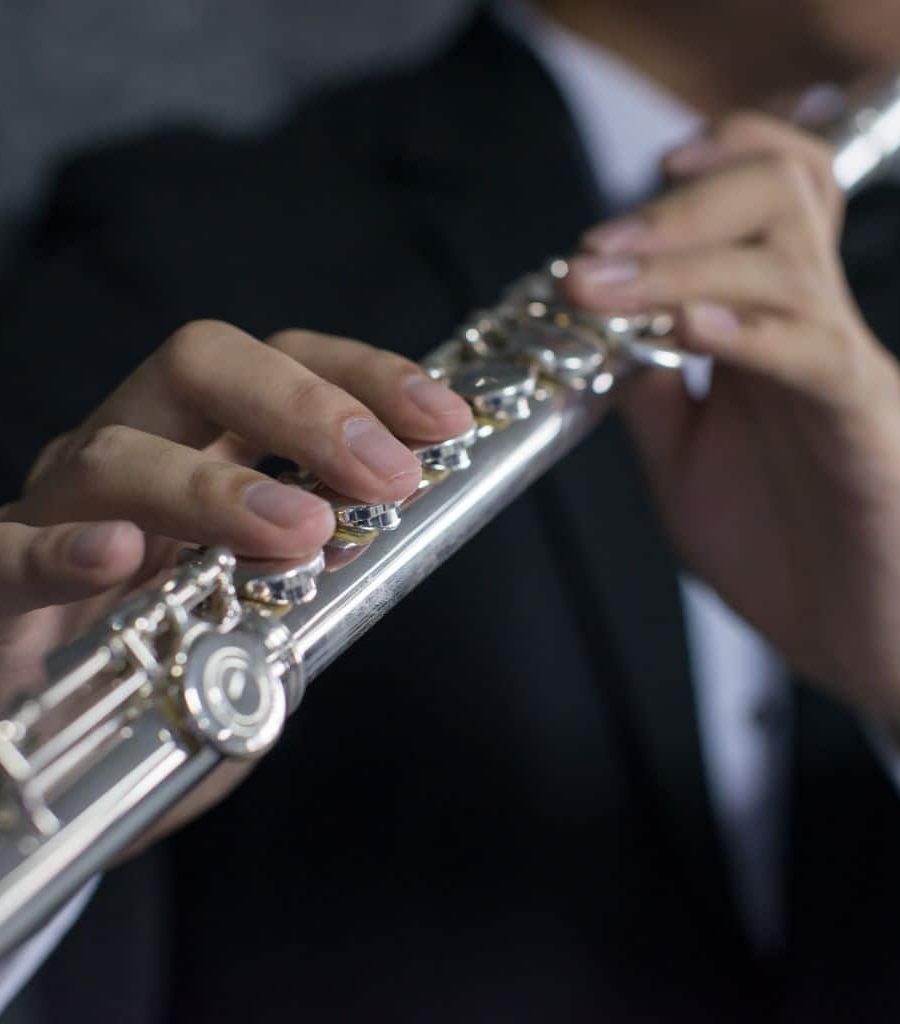
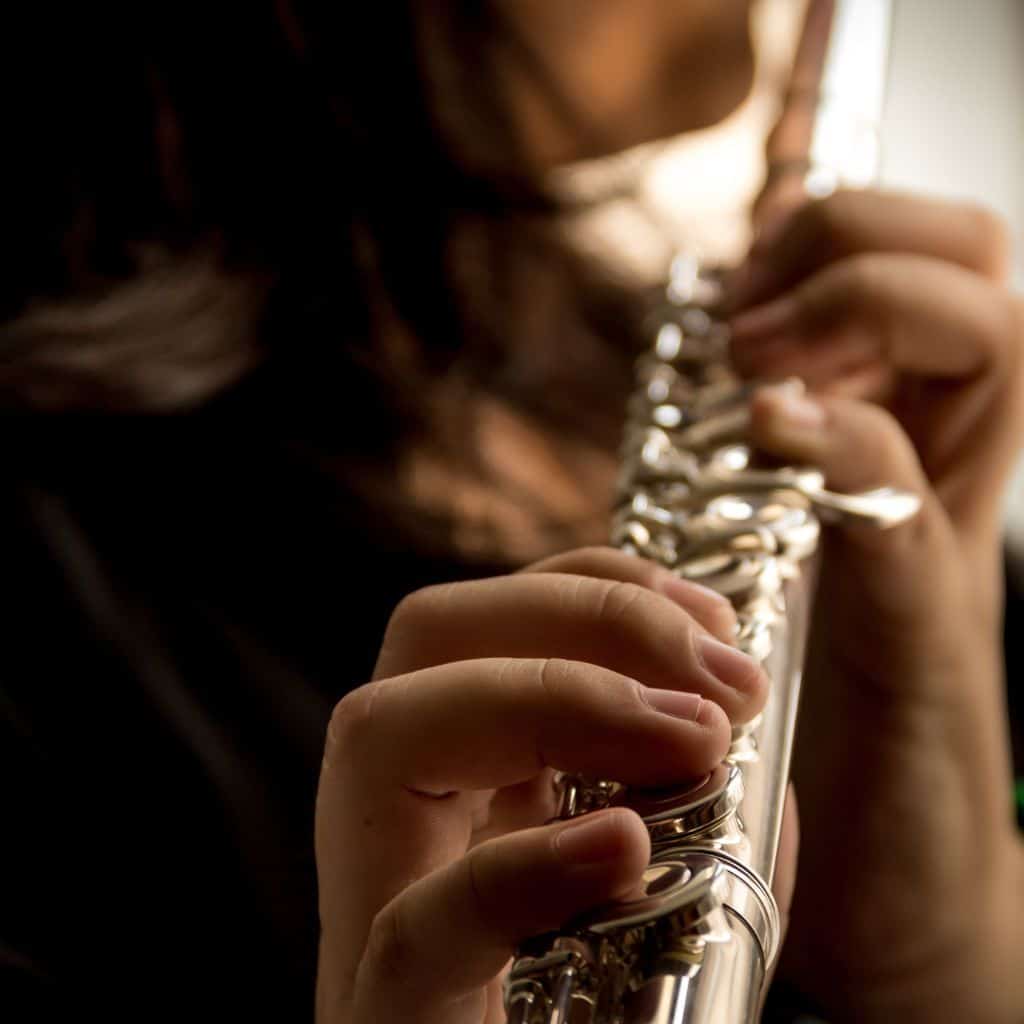
Trusted by Beginners: Many novice flutists share positive flute feedback about Armstrong flutes. They often praise the instrument’s reliability and the ease with which it produces a consistent tone. It’s a popular choice for those new to the world of music.
Expressive Range: Despite being student models, many say Armstrong flutes accommodate a wide range of musical expressions. Players appreciate their ability to quickly tackle various music styles, from classical to contemporary, without compromising tonal quality.
Community Approval: There’s a robust, supportive community of Armstrong flute players. Many online forums and discussion boards are filled with users exchanging tips and tricks, highlighting their satisfaction with the instrument’s performance and sound quality.
Features and Innovations
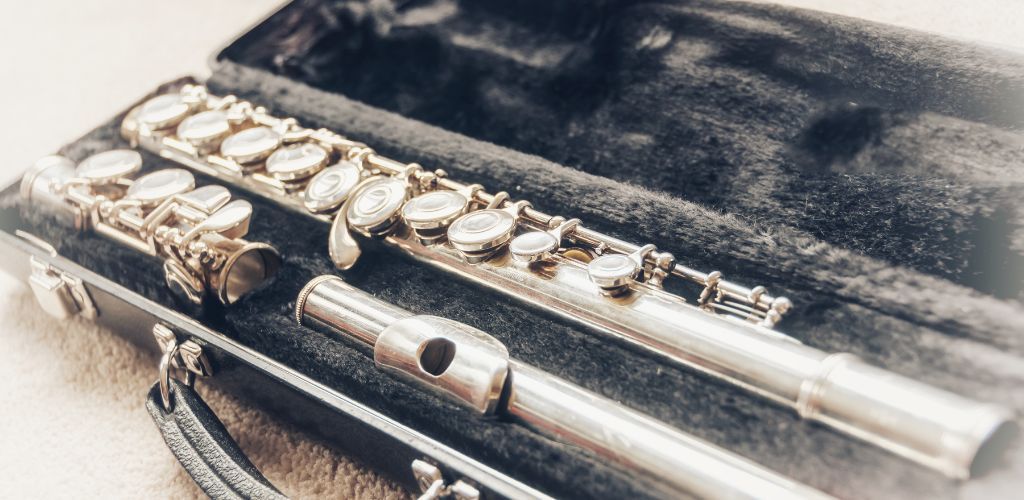
Armstrong flutes are celebrated for their durability, ease of play, and unique flute features. They offer robust key mechanisms and various customization options that cater to both beginners and seasoned musicians.
Key Mechanisms: Open Hole Flute
Responsive Key Action: These flutes boast a smooth and responsive key action, with well-designed flute keys that make them exceptionally easy to play. This feature is particularly appealing for beginners who are still getting to grips with finger placements.
Closed Hole Design: Many Armstrong models utilize a closed-hole design, making them ideal for beginners. This design adds a level of comfort and simplicity, eliminating the need to precisely cover open holes. It’s like a training ground for one’s fingers.
Offset Keywork: Armstrong flutes often include an offset G key. This feature is a nod to those with smaller hands, providing easier access and more comfortable playing. It helps alleviate strain, reducing fatigue during long practice sessions.
Customization Options
Headjoint Variety: One of the standout features is the variety of headjoints available, highlighting the possibilities for flute customization. Different head joint options allow for changes in sound and playability, offering a tailored experience for individual preferences. It’s like having a personal stylist for your sound!
Finish and Materials: Armstrong offers different finishes and materials, which can affect both sound quality and aesthetic appeal. Choices range from silver plating to all-silver models, providing options that balance budget and performance needs.
Adjustable Features: For those looking to truly customize their playing experience, specific models allow for additional adjustable features. These modifications can help refine intonation, acoustics, and overall comfort. It’s all about creating an instrument that feels like an extension of oneself.
Comparative Analysis
As I explore Armstrong flutes, I’ll conduct a flute comparison to examine their cost-value dynamic and how they compare to other brands.
Armstrong vs. Other Brands
When pondering Armstrong flutes, I can’t help but consider their unique characteristics in a flute brands comparison.

Here are a few things I notice when comparing them to other brands:
Craftsmanship: Armstrong’s reputation for quality is undeniable. Their craftsmanship ensures durability, rivaling even high-end flutes.
Material Choices: These flutes often have an all-silver body, similar to some well-regarded brands. This contributes to their solid tonal quality.
Price Range: Compared to brands like Yamaha, Armstrong generally offers more budget-friendly options. This makes them appealing for students or those new to flute playing.
In my experience, each brand has distinct features, and Armstrong stands out in key areas without complicating matters.
Cost-to-Value Assessment:
Armstrong vs. Other Brands

Let’s chat about cost vs. flute value. Here’s what I’m thinking:
Investment Potential: While pros might prefer pricier models, as mentioned in some listings, Armstrong offers a good starting point for many. Price doesn’t always equal value; what’s crucial is finding the right balance.
Second-Hand Market: Buying second-hand can be a savvy choice. Serviced properly, Armstrong flutes retain decent value, so always factor in service costs.
Student Appeal: For learners, Armstrong models like the Armstrong 104 offer accessibility without sacrificing quality. It is ideal for mastering skills without breaking the bank.
Stepping into the market wisely can lead to rewarding flute ownership.
Are Armstrong Flutes Good?
Summary
I have explored the flute quality and other qualities that make Armstrong flutes a worthwhile choice.
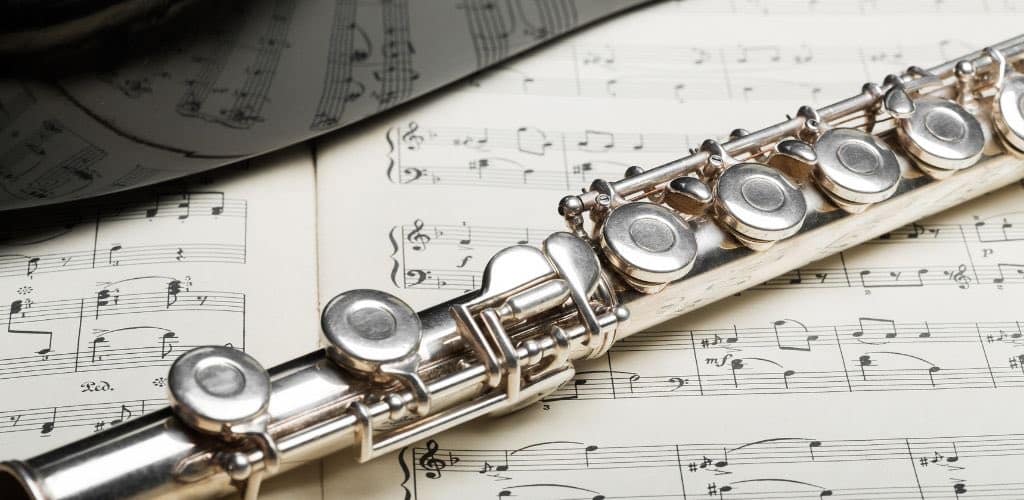
Build Quality: Armstrong flutes are known for their solid construction. The materials and craftsmanship ensure durability, which is a significant advantage for longevity.
Sound Quality: These flutes offer a pleasant tone, particularly suitable for beginners. While they might not match high-end models, they provide a reliable sound for students.
Affordability: They are budget-friendly. Given the balance between price and quality, they make for a sensible investment for new musicians.
Popularity: Armstrong flutes are recognized as good entry-level instruments. Their popularity is a testament to their efficiency in learning.
Maintenance: With accessible parts and simple mechanisms, maintaining an Armstrong flute does not require much hassle or expense. This ensures smooth playability over time.
In essence, these flutes serve as a reliable stepping stone for those starting their musical journey.
Wait! Don’t go yet…
For a honest and informative look at flute brands to avoid, I recommend reading this article to help you make a well-informed decision when purchasing a flute.
FAQ's
Yes, Armstrong is a well-respected brand known for producing quality flutes suitable for students and intermediate players.
Armstrong flutes are an excellent choice for a student flute due to their durability, ease of playability, and affordable price point.
While opinions vary, some of the most highly regarded good flute brands include Sankyo, Pearl, Muramatsu, Powell, and Yamaha flute, each known for their exceptional craftsmanship, sound nice, and reputation among professional musicians.
Armstrong offers flutes made of both silver-plated nickel and solid silver, catering to different budgets and preferences.
This section answers common flute questions, including whether Armstrong is a good brand for flutes and if they are suitable for beginners.










